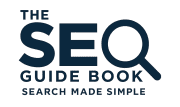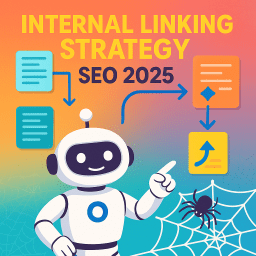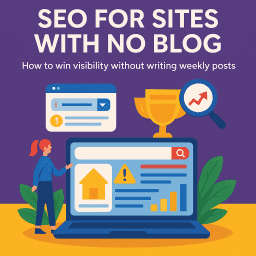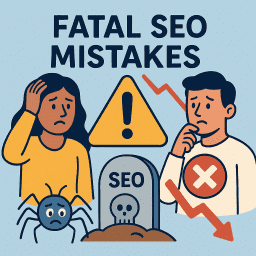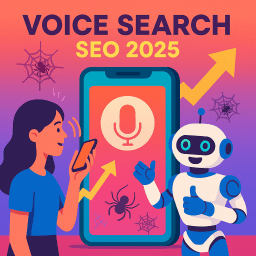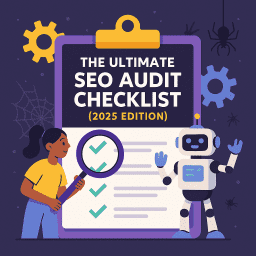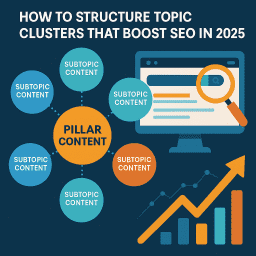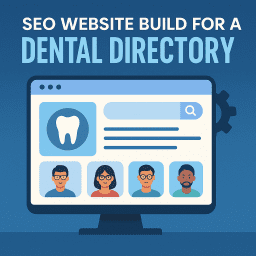SEO for Product Launches: How to Rank Before You Launch
Timing your content and signals for maximum impact
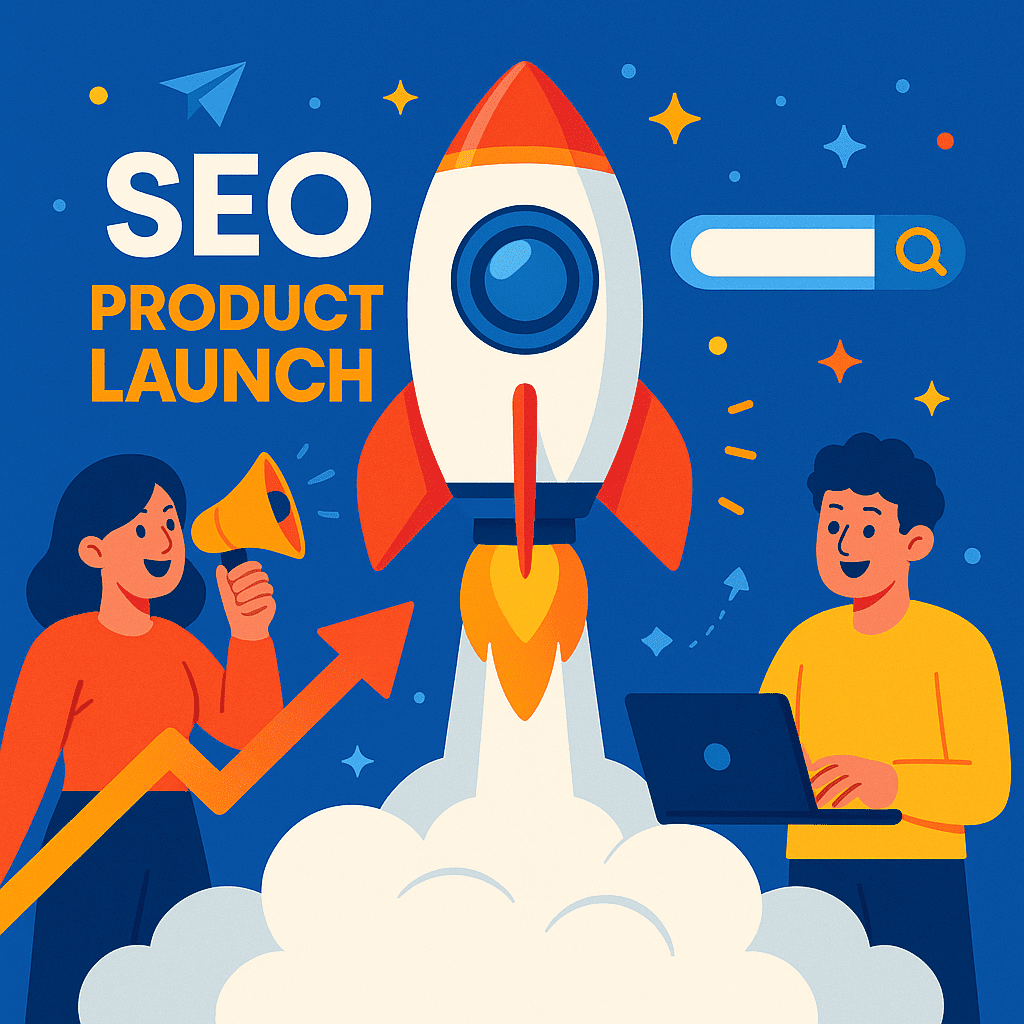
⚡ Don’t Just Launch — Launch With Rankings
🚀 Launching a new product? Don’t wait until it’s live to think about SEO. The biggest mistake businesses make is treating SEO as something you do after a product launches—when in fact, the real magic happens before, during, and after launch day.
In this guide, we’ll walk you through a full SEO strategy for product launches that builds anticipation, earns rankings, and drives traffic from the moment you go live.
📆 The Three-Phase SEO Framework for Product Launches
Think of SEO for product launches in three key stages:
- Pre-Launch: Planning, keyword research, teaser content
- Launch: Optimising key pages, publishing PR and blog content
- Post-Launch: Link building, FAQs, reviews, content refresh
Each phase feeds the next—and together, they help your product hit the ground ranking.
🔍 Pre-Launch SEO: Build Anticipation Early
1. Keyword Research (Start Here)
- Identify relevant keywords before your product is finalised
- Look for:
- “Coming soon” style keywords
- Problem-based queries your product solves
- Keywords for features, industries, use cases
Example: If launching a new project management tool for creatives, consider keywords like “creative project workflow tool”, “Trello alternative for designers”, or “project management for agencies”.
2. Create a Teaser Page
This is your “coming soon” or pre-launch page. It should:
- Target a primary keyword early (e.g., “AI photo editor coming soon”)
- Include clear H1 and meta tags
- Use structured data for
ProductandSoftwareApplication - Include email signup for waitlist or launch alert
This allows Google to crawl and index the page before launch—giving you a ranking head start.
3. Publish Related Content
- “Why we’re building [product]” blog post
- Problem/solution content that naturally introduces your product
- Guest posts teasing the upcoming launch
🎉 Launch Day SEO: Maximise Visibility
1. Finalise the Product Page
- Target keyword in H1, title, and meta description
- Product schema markup (with
offersif priced) - Clear, fast-loading layout with above-the-fold benefits
- Internal links from your teaser page and home page
2. Coordinate a Digital PR Push
SEO and PR should work together:
- Prepare a press release with optimised anchor text
- Pitch to niche blogs and media outlets for early backlinks
- List your product on sites like Product Hunt, BetaList, IndieHackers
3. Launch Blog and Social Content
- “How it works” tutorials
- Behind-the-scenes of the product build
- Feature deep-dives
- Use FAQs to pre-emptively answer user questions
4. Structured Data That Matters
Productschema with reviews and priceFAQschema for launch-related queriesEventschema if hosting a launch webinar or demo
📈 Post-Launch SEO: Keep Momentum Going
1. Update Content with Feedback
- Feature pages
- Case studies
- Testimonials and reviews (with schema!)
2. Create Comparison Content
- “[Your product] vs [competitor]”
- “Best tools for [niche] 2025” lists
3. Build Backlinks Over Time
- Reach out to roundup articles and tools pages in your niche
- Get listed in industry directories and SaaS tool lists
- Repurpose launch content into guest posts
Pro tip: Link back to your original teaser page if it’s still live – Google likes longevity.
📊 Measure Success the Right Way
- Impressions and clicks in Google Search Console
- Referral traffic from PR and listings
- Keyword rankings for core product terms
- Conversions or signups from organic sessions
🧠 What the Experts Are Saying
“Start SEO 6 months before launch. That’s how long Google takes to trust a new page.” — Aleyda Solis
“Pair your PR strategy with internal links and schema—Google notices when buzz is structured.” — Kevin Indig
“Most launches flop in SEO because they start too late. A good teaser page is gold.” — Lily Ray
📝 Recap and Clarify: Post-Specific FAQs
Should I build a page before the product is ready?
Yes! A teaser page allows Google to start indexing and builds relevance before launch. It can also collect leads.
How do I combine PR and SEO during a launch?
Make sure your press release includes keywords and links back to your product page. List on high-authority sites where possible.
What if I’m launching multiple products?
Create separate teaser and product pages for each. Interlink them and reuse your process to save time.
💬 Final Thought
“Successful launches aren’t just loud—they’re visible. Start optimising before the world even knows you exist.” — David Roche
